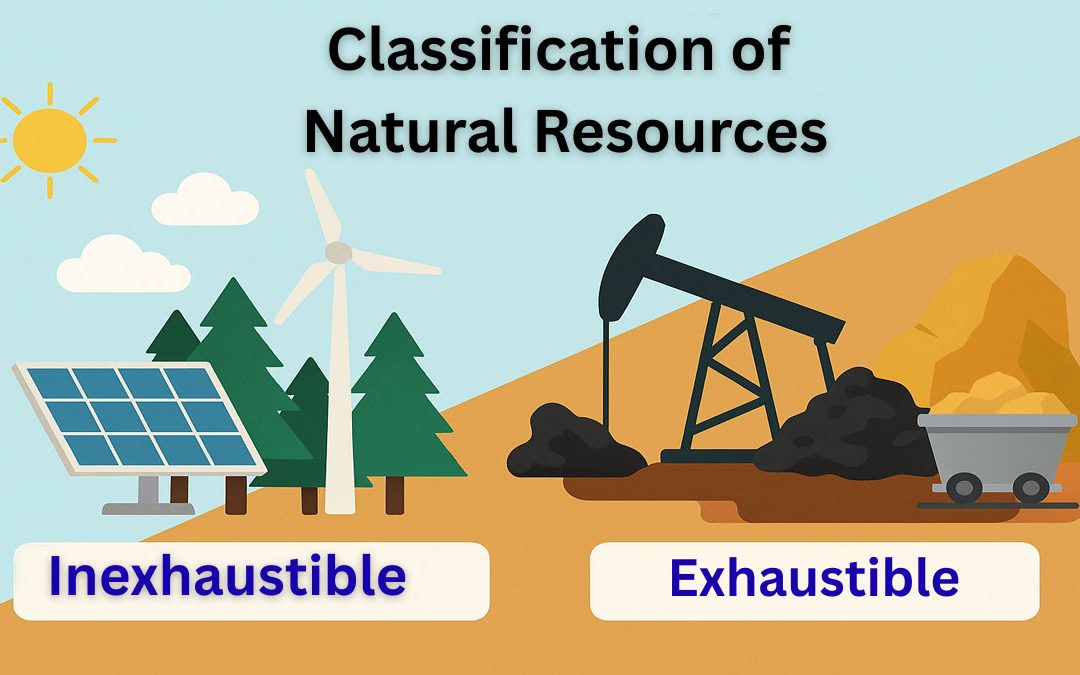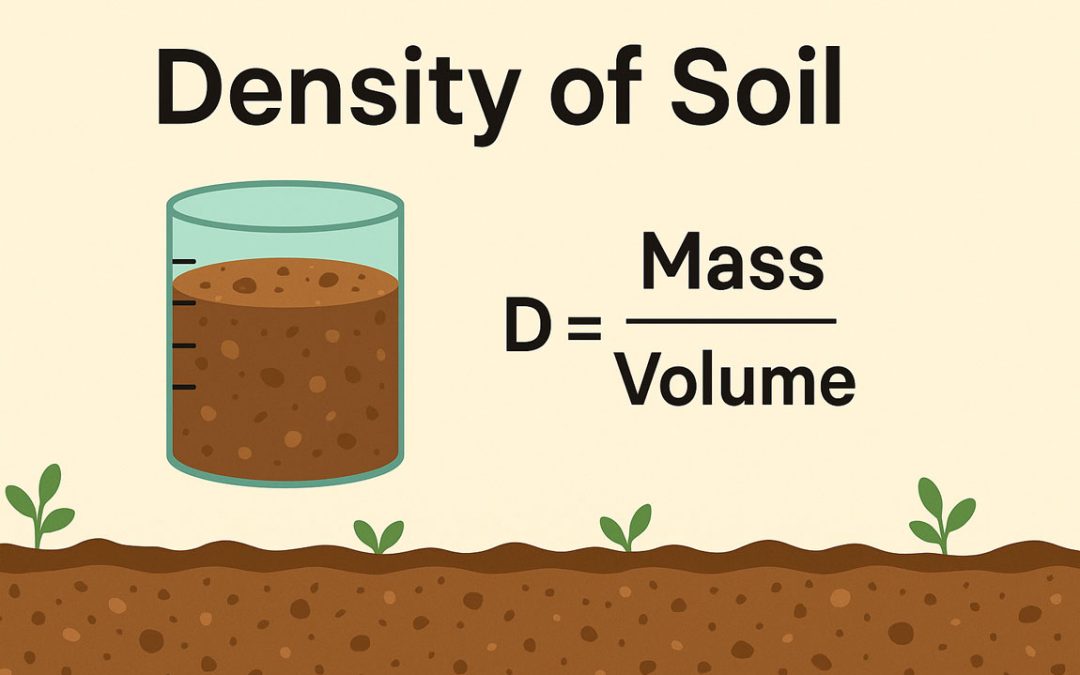
by Gelogia Team | Nov 9, 2025 | Physical Geology & Geomorphology
The Mercalli scale was developed in 1902 and modified in the 1930s. The Mercalli scale assigns a numerical value, from Roman numeral I to XII, to the intensity of seismic shaking at any one particular location. Modified Mercalli scale: I. Not felt, except by a very...

by Gelogia Team | Nov 3, 2025 | Historical Geology, Physical Geology & Geomorphology, Structural Geology
Seismology is the study of earthquakes. Much of the information about the nature of faulting during an earthquake comes from the resulting seismograms. Most earthquakes occur due to plate motion, and understanding the direction and magnitude of this movement helps...

by Gelogia Team | Aug 3, 2025 | Physical Geology & Geomorphology
The classification of natural resources is essential because natural resources vary greatly in their location, quantity, and quality. For instance, a particular forest type may occur only in certain countries. Also, the geographical area covered by the forest and the...

by Gelogia Team | Aug 1, 2025 | Physical Geology & Geomorphology
The density of soil refers to the mass of soil within a given volume. It helps us understand how compact or loose the soil is, which is important for construction, farming, and soil testing. Different types of soil density, like bulk density, dry density, saturated...

by Gelogia Team | Jul 31, 2025 | Structural Geology
A tunnel is a horizontal or slightly inclined underground passage that runs through rock or unconsolidated materials and remains open at both ends. Commonly circular, semicircular, or horseshoe-shaped, tunnels serve various purposes such as water conveyance,...











